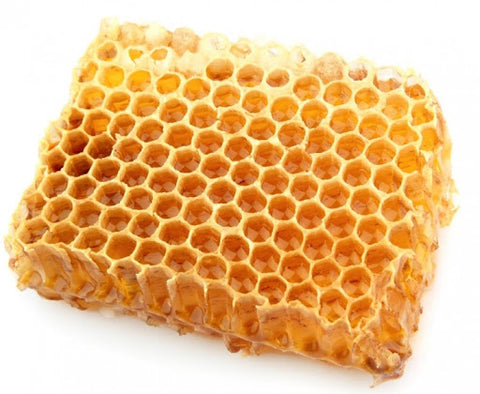Fats in cosmetics - moisturizing and skin care
Author: Kristina
The most important and often the main ingredients in natural cosmetic products are precisely the fats that take care of moisturizing and nourishing the skin. Conventional cosmetics replace fats with petroleum derivatives and silicones, which create a film on the skin, which prevents breathing and clogs the pores, and after prolonged use weaken skin function (you can read more in the article Cosmetic product - friend or enemy of the skin?).
What are fats?
Depending on the origin, they can be fats animal or of plant origin. The latter are much more caring, otherwise more expensive, but they are the basis of most natural cosmetic products.
Vegetable fats are obtained from seeds, vegetable fruits, fruits or nuts. In addition to fats, plants store many other active compounds that try to protect these fats, allow seeds to germinate, ... Just think of what is concentrated in the seed so that a new plant can germinate!
The most active compounds are the least persistent and sensitive to temperature, so refined fat and fat obtained at high temperature are robbed of these wonderful compounds. At Nona Luisa, that's why we work primarily cold pressed fats, which enrich cosmetic products even more with active ingredients.
The main chemical compound of all fats are triglycerides: three fatty acids are attached to glycerol (palmitic, oleic and linoleic acids in the photo).

The composition of these glyceryl-linked fatty acids, determines the properties of the fat. Roughly we distinguish saturated (no double bonds) and unsaturated fatty acids (FA).
Depending on their physical properties, fats differ:
- State of matter – liquid fats (oils) have more it isof saturated fat, and butter of saturated fat
- color, smell
- lubricity – this tells us how the fat slides over the skin if we lubricate it
- absorbency – how the fat is absorbed into the skin (fatty acids with a longer chain are less absorbable)
- resistance to heat and oxidation – fats with more it iswith saturated bonds, they are more sensitive and therefore become rays earlier
Functions of fats in cosmetics:
- the skin soften, nourish, protect in nurture: fatty acids are responsible for this
- so solvent for other substances - compounds that are not soluble in water are usually found in fats
- so source of antioxidants, vitamins, accelerate cell renewal – vitamins, squalene, polyphenols, etc. are responsible for this.
- they give cosmetic products structure and strength and enable easier application of the product
1. Oils

2. Butters
They are in a solid aggregate state because they contain more saturated fatty acids. As a result, they also have a longer shelf life. In terms of composition and quality, they are comparable to oils. They are used to thicken products together with oils.
Examples:

- cocoa butter: very hard, smells like chocolate, rich in vitamins, polyphenols (very strong oxidants found in some parts of individual plants), works against wrinkles, moisturizing (massages pores)
- Shea Butter: medium hard, very rich in vitamins, polyphenols, phytosterols (a group of sterols that we use as e.g. additives), allantoin (makes the skin more moist, softer, accelerates the exfoliation of the top layer of dead cells and wound healing); accelerates skin healing, is moisturizing, can cause allergies in people sensitive to nuts
3. Waxes
In cosmetics, they are used to thicken (and emulsify) ingredients. They are quite hard and have a high melting point, so it is necessary to dissolve them when preparing the products. They can be of plant or animal origin. They leave a protective layer on the skin that prevents drying, so they are used in the production of lip balms and protective creams.

- beeswax: of animal origin, the most commonly used wax, because it is easily accessible, with a pleasant smell; has an antibacterial, nourishing, moisturizing effect
- lanolin: obtained from sheep's fleece, it is not a real wax, but it has a similar method of use; is an extremely good skin moisturizer and regenerator
- candelabra wax: a plant-based alternative to animal waxes, protects, moisturizes and nourishes
I wish you a pleasant pampering with nature,
Kristina 👋




Leave a comment